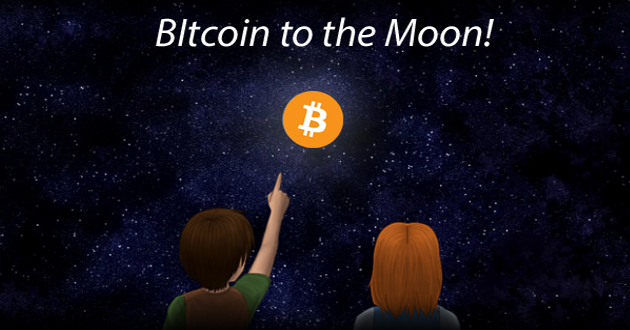In just a few weeks the much-anticipated reward halving will be taking place within the Bitcoin network. Many people wonder what will happen during this particular halving event, and there is speculation that the sudden spike in price has a lot to do with this coming reward change. Sometime in the month of July, the mining reward miners receive for securing the network and finding blocks will change from 25 bitcoins to 12.5 per block found. The monetary base of the system’s supply can never be expanded, and the reward change could have economic implications that will affect the value of the cryptocurrency over the course of the next few years.
It is estimated that roughly around the week of July 10th the halving will occur, and the reward change will reduce the number of bitcoins found daily from 3,600 to 1,800. Many people believe this set of rules applied to the network will help the deflationary aspect of the cryptocurrency and bring the value up. This, however, has been argued by Keynesian economists for many years explaining that deflation is not good and may even lead to what’s called deflationary spirals. On the other hand, economists from the Austrian School of thought believe deflation is beneficial to an economy and deflationary spirals are considered a myth.
In 2012 on November 28th the price of Bitcoin was roughly $12.25 USD per BTC and the event took place on block 210000. The value of the cryptocurrency did not change very much but over the course of the following week, the price did rise to $13.43 per BTC. Every four years the halving reward changes with this date in 2012 being the first event over the course of Bitcoin’s maturation. At the time, the block reward was 50 bitcoins and then changed to 25 that winter of 2012.
This coming 2016 has speculators saying the price will increase exponentially as the halving approaches and thereafter. However, there is a lot of economic reasonings within the basics of supply and demand that this probably won’t happen. Even though the reward supply diminishes, it doesn’t mean the existing supply of mined bitcoins changes and there are some large holders within the cryptocurrency’s ecosystem. There are two equations where people speculate what will happen during the halving which includes and exponential price rise or the significant drop in hashrate. Both of these predictions may never come to reality as with the case of Litecoin’s August 25, 2015, reward halving. Nothing crazy happened to the price or hashrate, and many people believe this will be a similar scenario for Bitcoin. Despite this occurrence with Litecoin’s network currently, there is a limited supply of over 15 million Bitcoins in existence in contrast to Litecoin’s whopping 46 million available.
In much respect, it seems unreasonable to believe the halving will increase the price because of market equilibrium as many altcoins have shown no significant change in price and Bitcoin’s first halving did not amount to much either. Miners will also have to deal with inefficient mining hardware, and this could also change the economics quite a bit. Economic theories show there are many unknowns within the halving event, and it may not be all peaches and cream. Over many forums and social media posts, the halving is expected to drive the value of Bitcoin, but it seems most are basing this assumption on hope and faith rather than economic calculations.
When the halving does occur Live Bitcoin News will keep our readers informed as the event is still a celebratory time in the protocols history whether there is a spike in price or not. Until then we will see what happens this July!!
Source: Various Halving Reports, Bitcoin Wiki
Images: Pixabay
